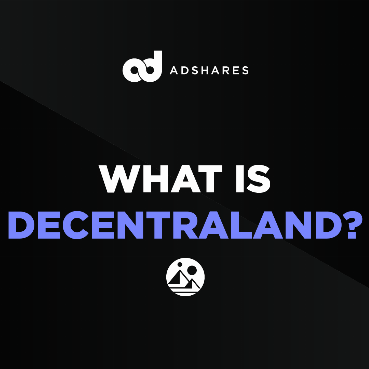Remote Learning in VR
During the epidemic, online learning became a reality for millions of students. Educators are now looking into the possibility of using digital tools to influence the future of education.
A more immersive 3-D environment with augmented reality, virtual reality, and persistent connectivity is currently emerging. It’s known as the metaverse, and it has the potential to alter online learning and engage and captivate students in many ways they’ve never seen before.
While the metaverse is far from complete, it is morphing and extending in a variety of ways on a daily basis at a rate that exceeds that of the much bigger internet.
It envisions a consistent 24-hour venue for remote learning, including synchronous, asynchronous, interactive, 3-D video provided in virtual reality and even augmented reality modes to connect the “real” world to cyberspace.
So, What Is A Metaverse?
The metaverse, according to its supporters, is the next version of the internet, where we can all work, play, learn, and socialize in the future years and decades.
It’s a hybrid of technology features such as virtual reality, augmented reality, and video in which users “live” in a digital space.
The metaverse is poised to transform how we interact with the digital world. It will be open and decentralized, free from the control of a handful of giant digital corporations, unlike private platforms like Facebook and Google that monetize user’s data.
In his 1992 science fiction novel “Snow Crash,” author Neal Stephenson developed the term “metaverse,” in which he envisioned realistic characters or avatars meeting and interacting in realistic 3D structures as well as other virtual reality scenarios.
The word metaverse is taken from the Greek: meta, which means “with” but in modern English, it has come to signify “going beyond,” and verse, which means “universe.”
As a result, the metaverse is a technological idea that extends beyond our current universe of neatly demarcated physical and virtual worlds, and its development is widely expected to result in a trillion-dollar economic boom. As the metaverse grows, it will provide you with a hyper-real alternative universe in which to coexist.
How Will The Learning System Be Impacted?
Let’s take a look back at the COVID-19 pandemic now that it’s been nearly two years.
Looking back on those early months, the day-to-day routines of employees and students came to a standstill due to the unpredictability and intensity of the situation.
The pandemic has had a significant impact on education, with 91 percent of the world’s student population experiencing educational disruptions as a result of the outbreak.
As a result of this disruption, online education has quickly emerged as a significant new platform. Despite the urge to go online, around 29% of young people worldwide, or 364 million people, are still offline. This is due to a variety of factors, including a lack of technological access.
It’s still a problem to create online tools that can help with scientific experimentation, engineering prototyping, and other hands-on activities.
However, we can start addressing these concerns now with available technologies like virtual reality, augmented reality, image recognition, and eye-tracking.
The limitations to accessing these new experiences are complicated and pervasive, but there are ways we can work together at a global level to break down these barriers in the hopes of supporting inclusive growth.
In response to the pandemic, the Seoul Metropolitan Office of Education began providing virtual science lessons to children in elementary and middle school.
Students can increase their learning capabilities by experiencing the interactive virtual world through virtual reality and having hands-on experiences with their own avatars.
Around 2,100 kids will use their avatars to participate in various science activities in “Gather Town,” a virtual science exhibition hall.
Classrooms, curriculum structures, grading systems, certificates, and other traditional education processes don’t necessarily transition well into virtual spaces.
When the classroom format was changed to Zoom last year, teachers tried to redefine what a classroom would look like on a digital display.
With that in mind, the learning sector is currently investigating what a metaverse-inspired education paradigm would entail in the near future.
What happens when children no longer have to sit in a classroom listening to a lecturer ostensibly read a book and instead have the opportunity to meet the author in person?
What happens when a learner has the choice to meet up with other students at any time, anywhere to collaborate on a research project, despite the fact that they all live on three different continents?
What happens when a young adult can contribute directly, watch directly, and interact directly without being bound by the confines of a physical classroom?
Learning will be liberated.
Nobody has yet created a successful metaverse learning model that works in the mainstream. It will, nevertheless, be thrilling to observe the changes that will occur as a result of quickly expanding hardware and software technologies. Education is also another sector which is going to advertise in the Metaverse and this will create an opportunity to use Adshares protocol.




